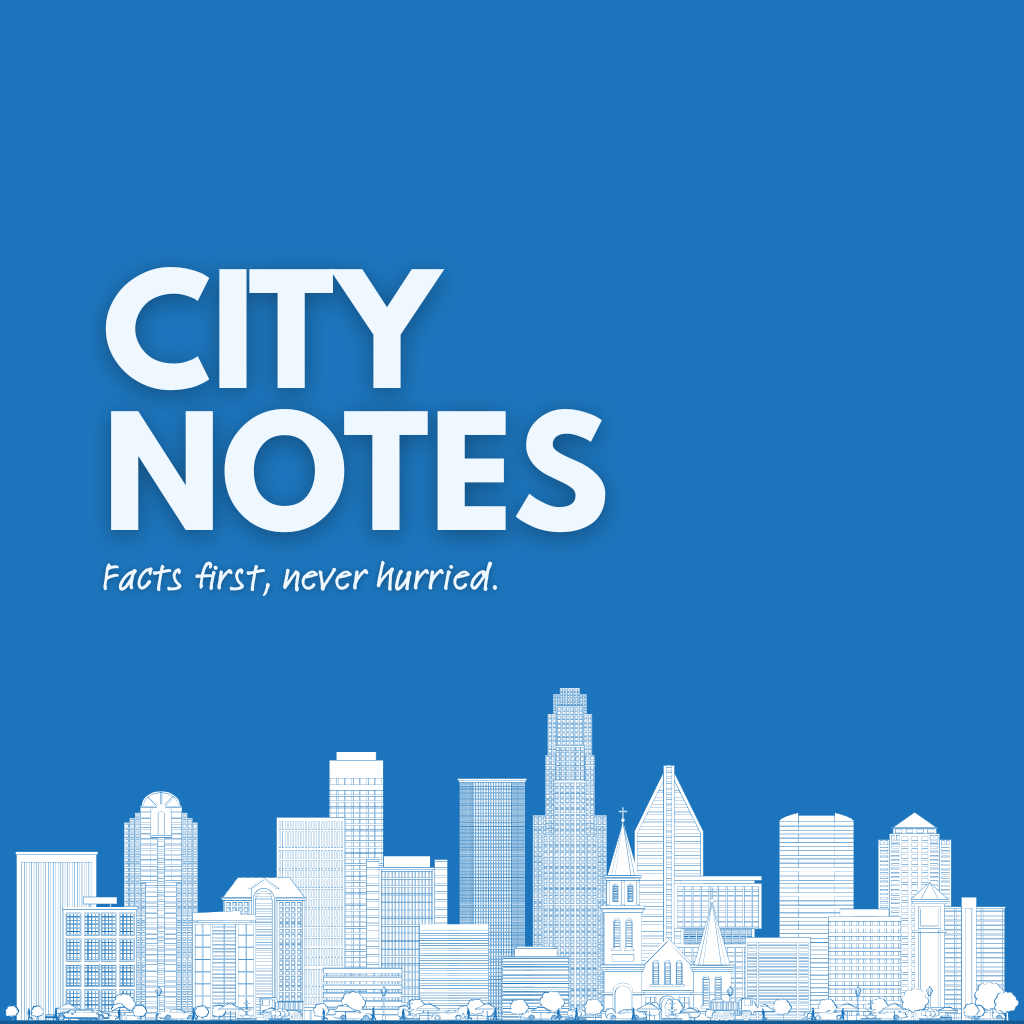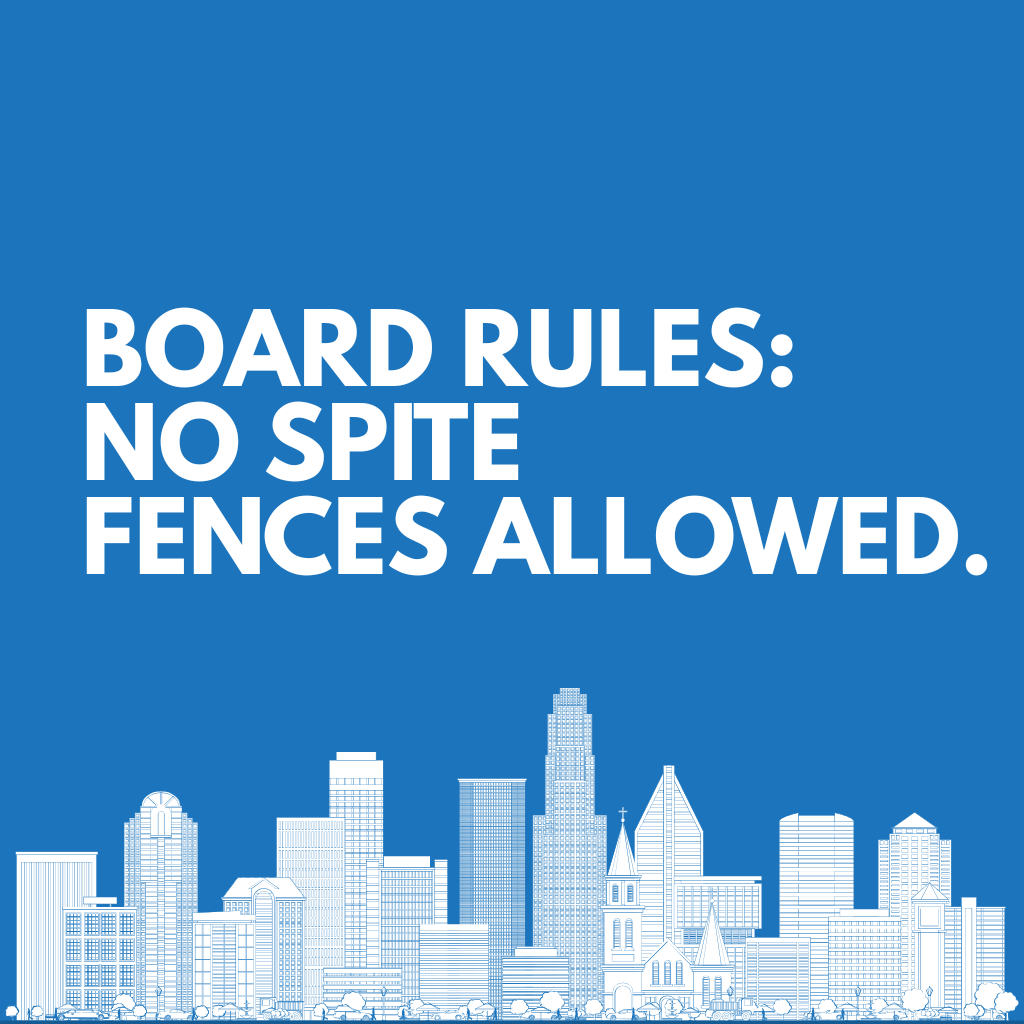By Jack Beckett | The Charlotte Mercury
CHARLOTTE, NC — June 2, 2025
The City of Charlotte has a favorite number: 50. As in, “50% tree canopy by 2050.” But if last Monday’s City Council committee meeting is any indication, the city might want to dust off its calculator. And its thermometer.
The Transportation, Planning & Development Committee spent two hours discussing the upcoming “TCAP 2.0” — an update to the city’s Tree Canopy Action Plan — and in true Charlotte fashion, nearly everyone agreed: trees are good, growth is inevitable, and the status quo is not cutting it.
“There are rules around trees,” Council Member Ed Driggs deadpanned during discussion. “But I think we’re expecting that that will be updated and will change.” It was the most nonchalant threat a tree has ever faced.
What’s TCAP 2.0?
TCAP — the city’s Tree Canopy Action Plan — is not a neighborhood art project. It’s a formal roadmap guiding how Charlotte evaluates, protects, and replaces its shrinking canopy. The first iteration, introduced during the Charlotte Future 2040 planning cycle, never received full Council adoption but became the basis for environmental regulations embedded in the Unified Development Ordinance (UDO).
Now, TCAP 2.0 is being developed using new 2025 data, modern analytics, and a more pointed focus on environmental equity and urban heat.
“We can actually zoom in and look at trees the city planted or developers planted,” said Tim Porter, Charlotte’s Chief Urban Forester. “And see its growth and its impacts over time.”
That level of specificity will help determine whether current regulations — like requiring developers to preserve 15% of trees on a site — are working.
Monica Holmes, the city’s Planning Director, added that TCAP 2.0 would help Charlotte determine “what is the quality [of preservation], so lots of exciting news to come on that.”
Trees, But Make It Equitable
Urban forestry isn’t just about leaves. With North Carolina summers intensifying, Charlotte officials are tying canopy preservation to heat reduction, stormwater absorption, and respiratory health. That’s where the city’s partnership with UNC Charlotte and Mecklenburg County kicks in.
“We’re working… to drill into ecosystem benefits,” Porter said, “on what Charlotte’s canopy is doing for us right now.”
But Council members raised questions about who those benefits actually reach.
“There are comments that feel like we cannot both accommodate growth and protect our tree canopy,” staff planner Catherine Smith said during the update. “To that, we remind readers that the plans cannot stop development.”
Translation: don’t blame the tree — or the developer.
A Goal in Need of Adjustment
Charlotte’s current tree canopy hovers around 47%, down from previous decades. Whether “50 by 50” is still realistic remains uncertain, especially given the city’s projected population growth of 400,000 new residents by 2040.
“We need to decide if that’s something to keep,” Porter said of the 50% goal, “or whether we get more scalable, intentional goals on multiple different scales.”
Council members seemed to agree, if only to stop getting yelled at in rezoning meetings.
“It’s going to be a challenge,” Driggs warned. “What we are doing, and I think you articulated this pretty well, we are trying to accommodate the growth in a useful way and minimize the disruption.”
Implementation Timeline
-
Summer–Fall 2025: Collection of updated canopy data
-
Winter 2026: Public report and early recommendations
-
Late 2026: Plan adoption vote before Council
In parallel, the city will analyze how new development regulations are affecting canopy outcomes, and whether the environmental impacts of heat islands and stormwater runoff are being equitably distributed.
The “Green” Bottom Line
Councilwoman Dimple Ajmera may have summed it up best:
“One of the reasons I moved to Charlotte, actually, I flew in and everything was green… It was beautiful.”
The question now is whether that beauty can survive the next wave of growth. Or whether Charlotte’s tree strategy will get lost in the spreadsheet.
💡The Charlotte Mercury is brought to you by Glory Days Apparel, “Charlotte’s Premier Nostalgia Brand,” turning Queen City memories into wearable conversation pieces. Visit them at 2202 Hawkins Street, Charlotte, NC 28203 or shoot JD and email, info@glorydaysapparel.com. Just remember: once it’s gone, it’s gone.
☕This article was made possible thanks to the hot, overachieving coffee at Einstein Bros. Bagels, South Boulevard. Whether you’re chasing trees or dodging them, the honey almond shmear on an everything bagel never misses. Thanks to Phillip and the crew for keeping journalists awake since sunrise.
—
About the Author
Jack Beckett is the senior writer for The Charlotte Mercury, where he reports on policy, politics, and the occasional planning metaphor. He files his dispatches from a corner booth at Einstein Bros. South End, where the Wi-Fi is stable, the coffee is strong, and the “Best Dressed” Glory Days t-shirt is always clean. You can yell at him on Twix.
Creative Commons License
© 2025 The Charlotte Mercury
This article, “Tree Math and Urban Heat: Charlotte’s Tree Canopy Plan Inches Toward Reality,” by Jack Beckett is licensed under CC BY-ND 4.0.
“Tree Math and Urban Heat: Charlotte’s Tree Canopy Plan Inches Toward Reality”
by Jack Beckett, The Charlotte Mercury (CC BY-ND 4.0)
🎉 That’s not all we’ve got in the greenhouse. Head over to cltmercury.com for more local analysis and commentary. You can browse stories on:
We’re local, loud, and allergic to press releases. Want to pitch a story? Hit us up at cltmercury.com/contact-us. Want to stalk us before that? Skim our About Us, Media, or Privacy Policy. Legal nerd? Start here.
And of course, message us anytime on Twix.









